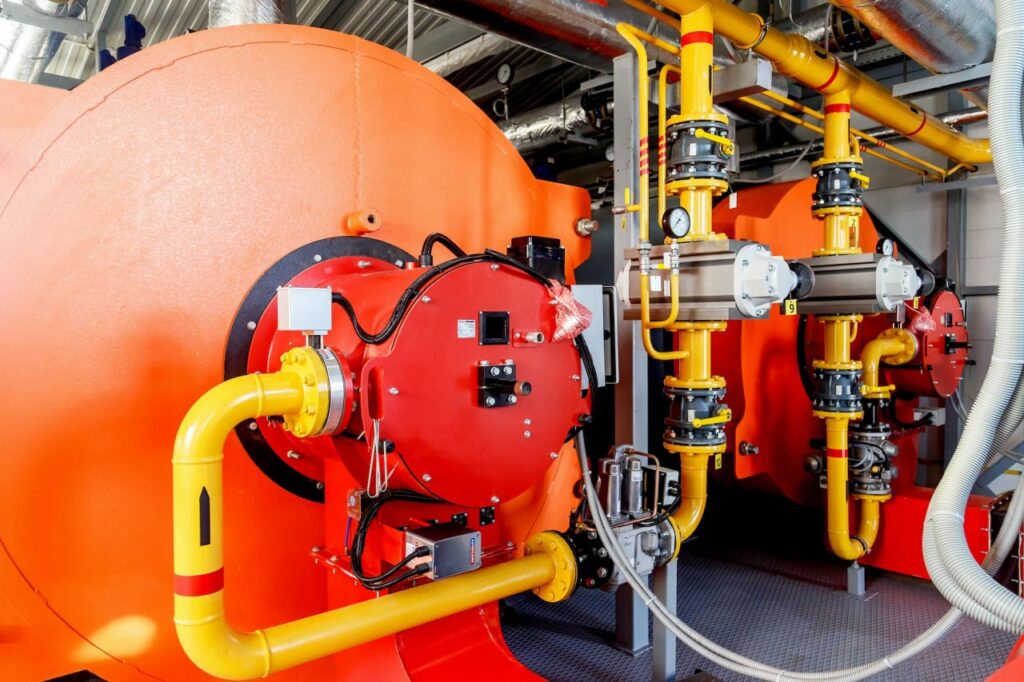The three-way (three-effect) catalytic converter is a specialized catalytic device in the exhaust system of an engine. It can oxidize hydrocarbons (HC) and carbon monoxide (CO) in the exhaust gas, and at the same time, it can also reduce nitrogen oxides (NOx) in the exhaust gas into harmless nitrogen and oxygen. The catalytic converter must have a large enough surface area to ensure that a sufficient amount of exhaust gas comes into contact with the active catalytic substances (mainly platinum, rhodium, palladium, or rare earth active substances) on the surface of the converter for a long enough time. Generally, honeycomb ceramics or metal mesh carriers are used, with a catalyst coated on the surface. The oxidation reactions of hydrocarbons (HC) and carbon monoxide (CO) with the trace amounts of oxygen in the exhaust gas occur more easily under the action of the catalyst, that is, the reaction temperature and reactant concentration are greatly reduced. Therefore, the catalytic converter can oxidize more than 90% of hydrocarbons (HC) and carbon monoxide (CO) into harmless water vapor and carbon dioxide. When the oxygen concentration in the exhaust gas is very low, NOx will react with HC and other substances and be reduced into harmless oxygen and nitrogen. This reaction can also achieve a conversion efficiency of more than 90% when the conditions are appropriate.
The catalytic conversion efficiency is affected by many factors. The main factors are the oxygen concentration in the exhaust gas (that is, the air-fuel ratio of the mixture entering the cylinder) and the temperature of the catalytic converter. In addition, elements such as lead and sulfur have a negative impact on the catalytic converter. This is because lead, sulfur, etc. will react with the catalytic active substances to form new crystal structures or deposit on the catalytic substances, thus destroying the surface activity of the catalytic substances. This is what is called catalyst poisoning, which is a rather serious physical phenomenon affecting the lifespan of the catalytic converter. Therefore, the condition for using a catalytic converter is the unleaded nature of gasoline. Sulfur mainly has a greater impact on the lifespan of rare earth-based catalytic converters.
The three-way catalytic converter is an important out-of-engine purification device installed in the automotive exhaust system. It can convert harmful gases such as CO, HC, and NOx emitted from vehicle exhaust into harmless carbon dioxide, water, and nitrogen through oxidation and reduction reactions. Since this catalytic converter can simultaneously convert the three main harmful substances in the exhaust gas into harmless substances, it is called a three-way catalytic converter.
The working principle of the three-way catalytic converter is as follows: When the high-temperature automotive exhaust gas passes through the purification device, the purifying agent in the three-way catalytic converter enhances the activity of the three gases, CO, HC, and NOx, and promotes them to undergo certain oxidation-reduction chemical reactions. Among them, CO is oxidized into colorless and non-toxic carbon dioxide gas at high temperature; HC compounds are oxidized into water (H₂O) and carbon dioxide at high temperature; NOx is reduced into nitrogen and oxygen. The three harmful gases are transformed into harmless gases, thus purifying the vehicle exhaust.


